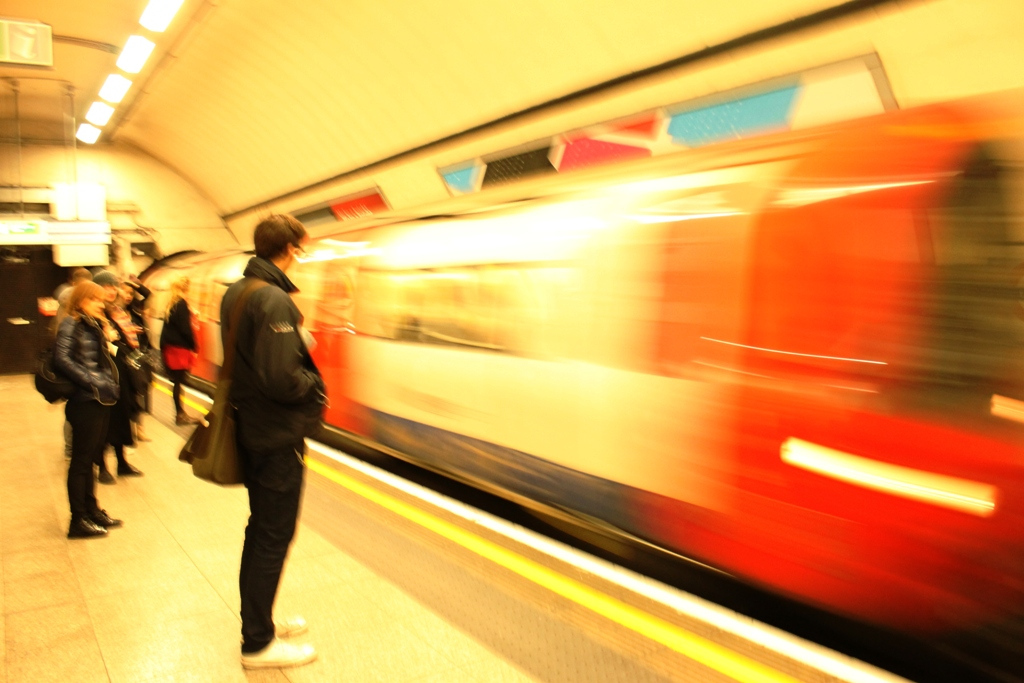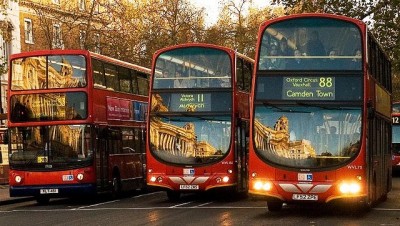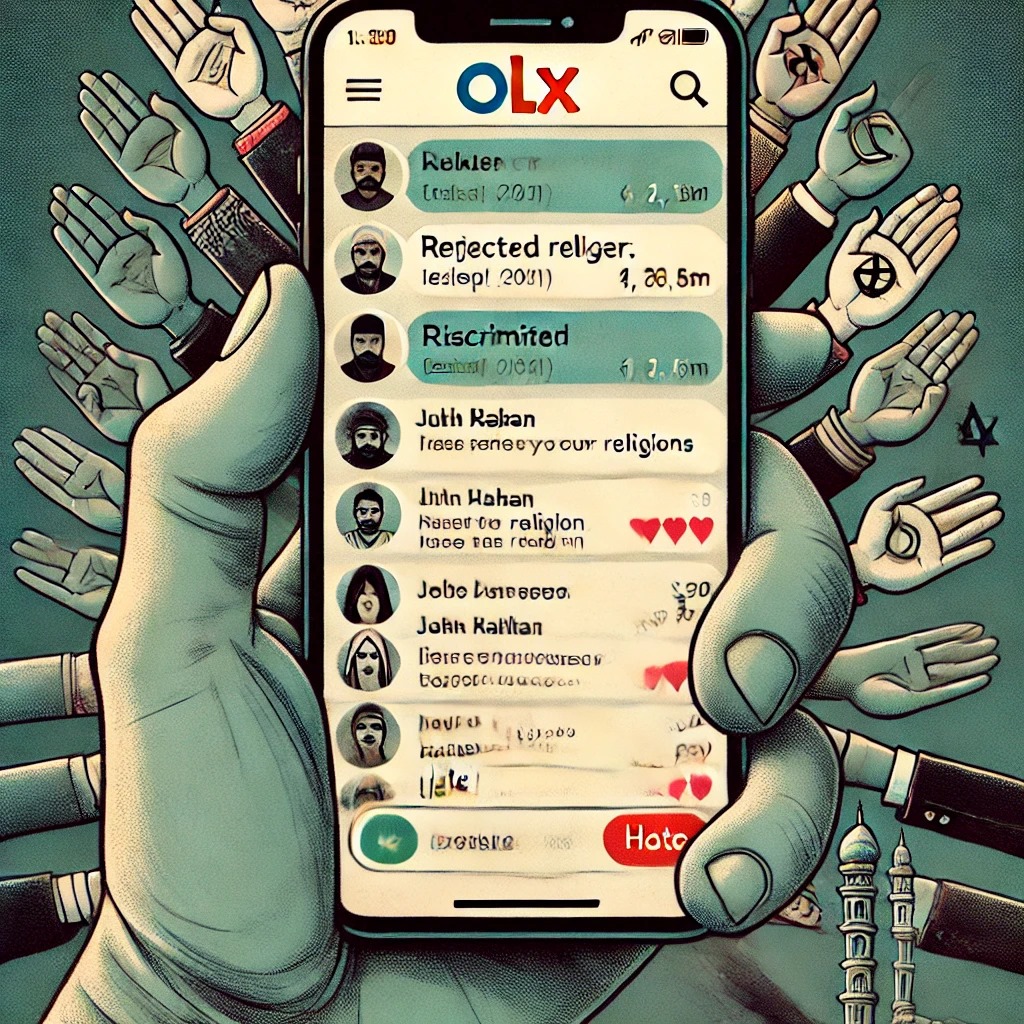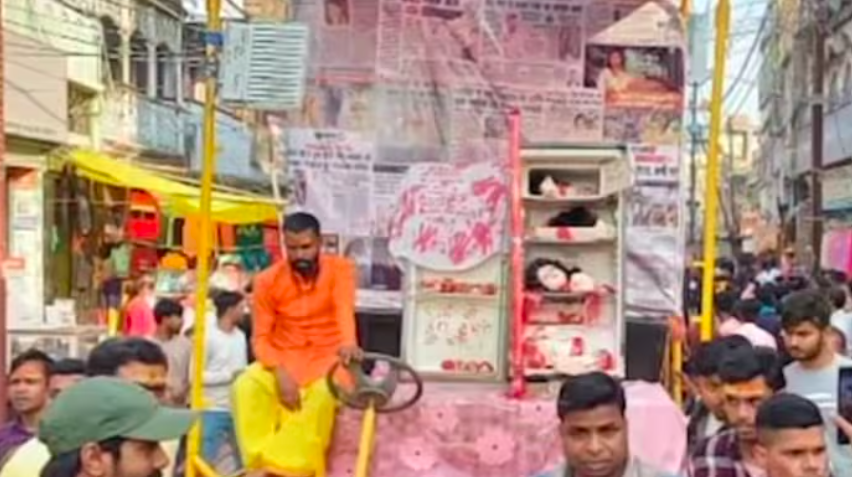Adil Hossain for BeyondHeadlines
I always consider myself a harbinger of change. Being from a nondescript village in West Bengal, I went to do a Masters in Mass Communication from Aligarh Muslim University, Aligarh. I was also a Right to Information (RTI) activist back there who unearthed many cases of corruption. After my Master degree I worked with an NGO based in Ranchi on the issue of Panchayati Raj system (local governance) in the tribal and Maoist insurgency affected areas of Jharkhand. This year with a little bit of luck; I got the Commonwealth Shared Scholarship to study MA Development and Rights at Goldsmiths, University of London.
Tonight when I am writing this article for BeyondHeadlines, people in my country are on the streets to mourn the tragic death of a 23 year old girl who was brutally gang raped in a moving private bus in New Delhi some fortnight back. After long time, such mass protests could be witnessed after such sexual assault on a woman. Today the news of this protest is on the front page of every International news agency like New York Times, BBC, The Guardian and alike. She was just like another girl who went to watch a film with her friend and coming back home.
No doubt, that this death has brought shame upon all of Indians and you can see from the pictures of protest that people are angry, numb and in pain. Among all the G20 nations, India is said to be the most unsafe place for women. Many of the times, rapes and sexual assaults by Army in Kashmir or North East, or by paramilitary forces in tribal heartland of India, or by some upper castes men with lower caste women in the villages or many other such cases often go unreported in media. The practice of blaming the victim for her dress or time of crime or notions like she asked for it or patriarch notions on honor of woman have only aggravated this great crisis in India. We all know that the change is not going to come in a day, but with the recent mass protests over the Delhi gang rape there is a silver lining of hope. People are now demanding some concrete actions from the government to curb violence against women.
Government also sensing the mood of the people looks quite firm to take some slew of measures. It is quite well known that New Delhi is not only famous as India’s capital city but also infamous as India’s rape capital also( due to the high number of reported rapes cases last year). So I believe Government must start from this city to ensure safe movement of women 24X7 and then implement the same in other cities of India.
Looking at the recent case, I often wonder that had this girl was in London, could this ghastly incident take place at the same time( 9.30 pm). The answer is probably No and it is only because of the robust public transport system that’s in place here in London. Let’s read the background of this recent rape,
“In Delhi itself, a city full of temples, mosques and churches, scores gathered at a shrine set up at the bus stop where, tired of waiting for the rare public buses after a trip to see the film Life of Pi, the young woman and her male friend had accepted a lift from the men who would rape her. “
The public transport facility in Delhi is really in bad shape and needs a lot of overhaul. Well some few years back, with the starting of Delhi Metro( equivalent of London Tube) Government tried to claim that they brought international level public transport facilities there, but the reality remains the same due to the sheer size of Delhi city itself. The public bus system in Delhi is in shambles and quite exposed after the recent ghastly incident.
To me, London is a leader in providing best public transport systems to its people and Delhi & other cities have a lot to learn from it. With the recent visit to India by London Mayor Boris Johnson to strengthen economic ties between the countries could have served well as a proper opportunity for such sharing of knowledge. He was himself interested to incorporate Indian technical skills with regard to the expansion of Heathrow airport issue.
London public transport system is well explained on its website http://www.tfl.gov.uk/. This city’s post code system is extremely well organized unlike in India where the colonial system still in place and rarely help you to find the right place. So when you plan your journey from one place to another, this website will tell you each possible way to reach your destination( e.g Se14 6NW to WC2H 7LP). In Delhi, some people use their smart phones to do the same but by using Google maps only.
So the immediate steps that the Delhi Government can take,
1. Immediately set up a website like http://www.tfl.gov.uk/ and publicize it among people as much as possible.
2. Modernize the post code system in New Delhi.
3. Install such machines on every bus stop/metro or railway station in New Delhi where people can find their destination and possible transport facility available to them anytime.
Now the main step that can be taken by the Delhi Government is to revolutionise the public bus system in New Delhi and NCR regions. In London, you can’t find private buses taking passengers on street.
In London, a Oyster card( much like Delhi Metro Card) is at the heart of your travel. You can use it on buses, on underground and even on ferries( river transport system). The frequency of the buses at every bus stop during the day time is 5-7 minutes and during night it’s 30 minutes. There are 24 hour bus services on some important routes and night bus services( with N before bus number) on some other routes. Bus timings and their routes are widely displayed at every bus stop and they function well on time. Colourful map of the local area can also found at the bus stop which quite help you to reach your destination from the bus stop.
Your journey on the bus is without any human exchange. So you enter in the bus by touching the Oyster Card near the Driver and the charge is uniform throughout London which is 1.40 GBP(Rs.125) , not cheap though. So if you want to travel from one end to other end or just from one stop to another stop, the charge is the same. Buses have functional CCTV( something proposed in Delhi too after this incident) and a display.
There is no doubt, that given the population and demography of Delhi, it needs huge infrastructure (far bigger than London) to implement a robust and safe public transport system in place but the recent incident is a reminder that it’s the necessity of time. Today women are the part and parcel of the economic success of India, and it can never dream to be a superpower without facilitating safe mobility for half of its population.











